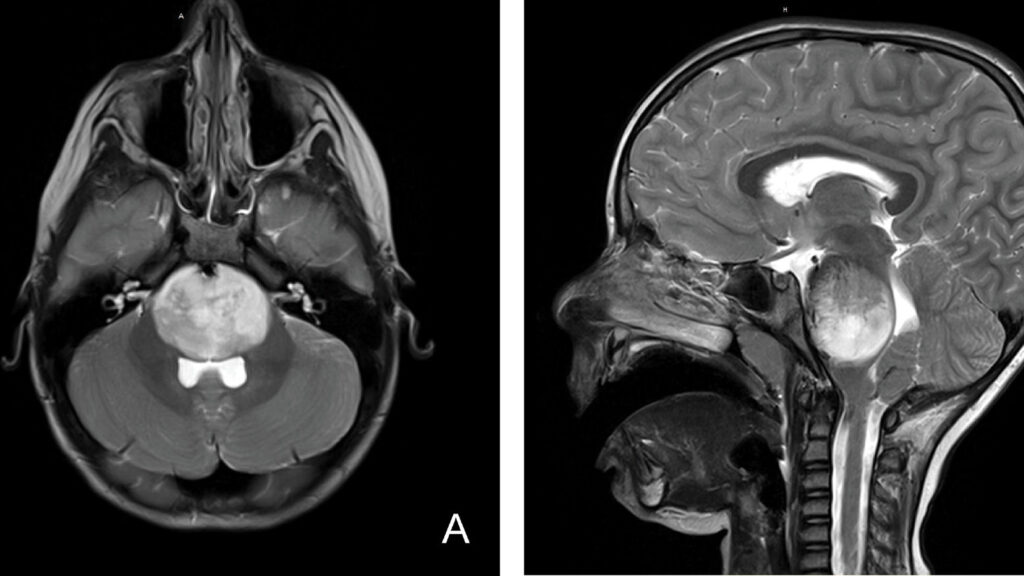Michelle Monje-Deisseroth says she first treated patients with “the worst imaginable childhood brain tumor” as a medical student about 20 years ago. Diffuse intrinsic pontine gliomas, or DIPG, shackle themselves so insidiously around a young person’s brainstem that no chemo or scalpel can wrest them out. Most children didn’t survive a year.
Monje-Deisseroth dedicated her career to DIPG, along with related tumors that arise on the thalamus and spinal cord. In her Stanford University lab, she developed cell and animal models, disentangling the cancer’s invasion strategies. Scientifically, there was progress. But when she saw patients, she had little new to offer — until June 2020, when she launched a trial using engineered cells called CAR-Ts and a hidden vulnerability Monje-Deisseroth uncovered on the tumor surface.
advertisement
The results from the first 11 patients to receive the therapy were published Wednesday in Nature. Nine patients ultimately died, but four patients saw their tumors shrink by at least half. One of the surviving patients, a 20-year-old named Drew, remains in complete remission 30 months after treatment.
STAT+ Exclusive Story
Already have an account? Log in


This article is exclusive to STAT+ subscribers
Unlock this article — plus in-depth analysis, newsletters, premium events, and news alerts.
Already have an account? Log in
To read the rest of this story subscribe to STAT+.

